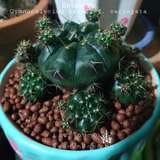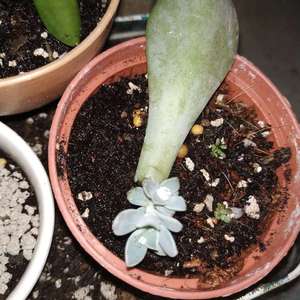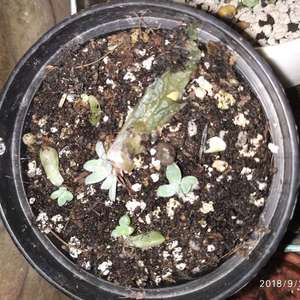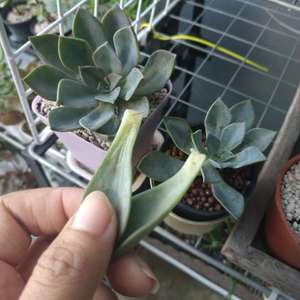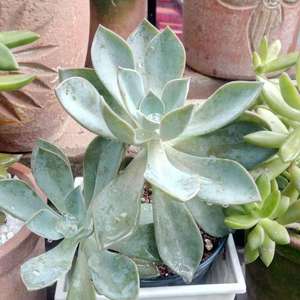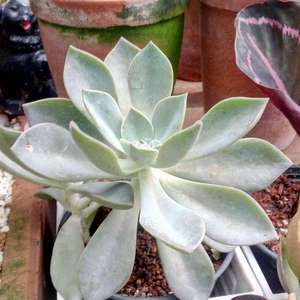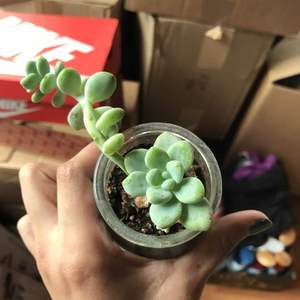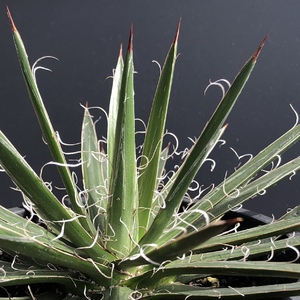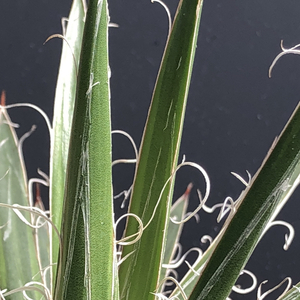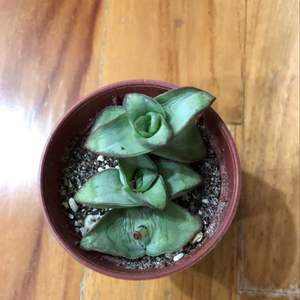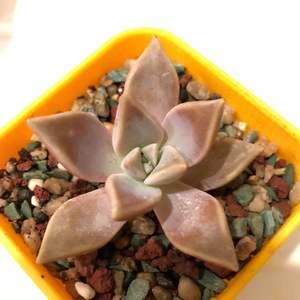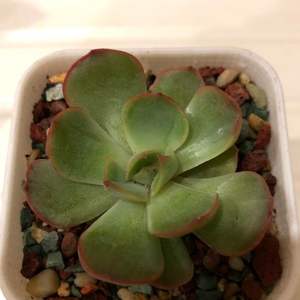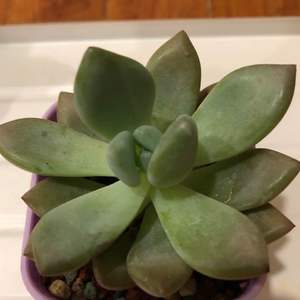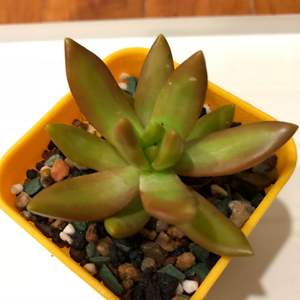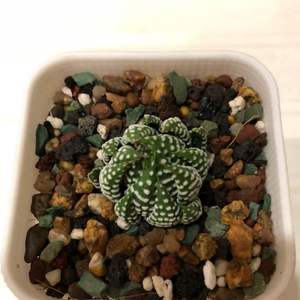求助
dxstxnxx
2018年09月06日

Today i found out that a white worm had burrowed itself into my succulent and had completely eaten through almost 3 inches of the stem. I removed the worm and unfortunately had no choice but to behead the top from the root system. What do i do now? this was one of my favorite succulents and i dont want it to die :// someone please help
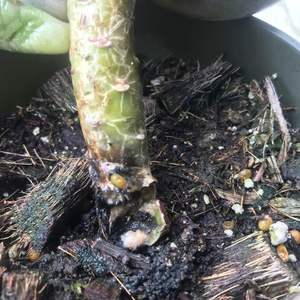

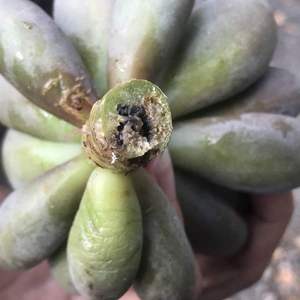
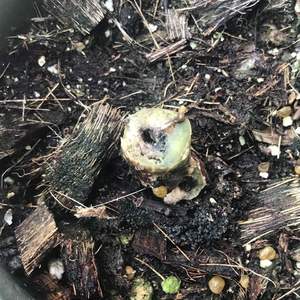
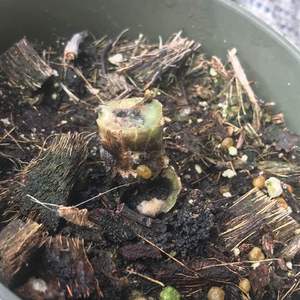
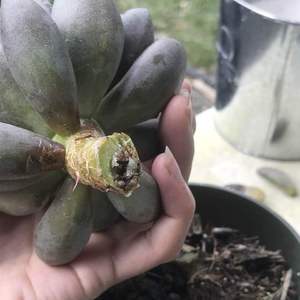






0
0
succulentlover11:hello everyone I'm new to this app and I really need some advice on my sedum firestorm it's leaves are turning all green and red is fading and it's leaves are very sad any help or advice would be really appreciated
马耳东风:cut off bad parts and make wait dry. you could use some medicine smear at wound prevent it become putrid. can buy medicene at taobao
文章
Miss Chen
2018年08月29日

Purslane, scientific name Portulaca oleracea, is an annual, edible succulent plant. It is also called Pusley, Verdolaga, Pigweed, and Hogweed.

Description
Purslane has a thick reddish stem and succulent, rounded leaves that grow in clusters. Its flowers are small and yellow, with five petals, and they bloom according to rainfall or moisture. It grows low to the ground and tends to spread.
Origin
Purslane originated in North Africa, the Middle East, and India. It probably spread to North America and elsewhere prior to the mid-1400s.
Cultivation
Purslane is an easy plant to grow, even in an arid climate. As a succulent, it is heat- and drought-tolerant, and a very hardy plant. In fact, it is often considered a weed in North America. It tends to sprawl across the ground, and will need to be cut back to be maintained.
Check with regulations in your area before planting purslane; in some regions it is considered an invasive weed.
Culinary Uses
All parts of Purslane are edible: leaves, flowers, and stem. It has a slightly sweet and sour flavor and a chewy texture. It is commonly eaten fresh, cooked, or in soups and stews.
Interesting Facts
Purslane is sometimes known as the Dolly Parton flower because of when it blooms--from 9 a.m. to 5 p.m.

Purslane is a good source of Omega-3 fatty acids and Vitamins A and C.
It is considered a edible plant in Mexican, Russian, and Mediterranean cultures, among others.

Description
Purslane has a thick reddish stem and succulent, rounded leaves that grow in clusters. Its flowers are small and yellow, with five petals, and they bloom according to rainfall or moisture. It grows low to the ground and tends to spread.
Origin
Purslane originated in North Africa, the Middle East, and India. It probably spread to North America and elsewhere prior to the mid-1400s.
Cultivation
Purslane is an easy plant to grow, even in an arid climate. As a succulent, it is heat- and drought-tolerant, and a very hardy plant. In fact, it is often considered a weed in North America. It tends to sprawl across the ground, and will need to be cut back to be maintained.
Check with regulations in your area before planting purslane; in some regions it is considered an invasive weed.
Culinary Uses
All parts of Purslane are edible: leaves, flowers, and stem. It has a slightly sweet and sour flavor and a chewy texture. It is commonly eaten fresh, cooked, or in soups and stews.
Interesting Facts
Purslane is sometimes known as the Dolly Parton flower because of when it blooms--from 9 a.m. to 5 p.m.

Purslane is a good source of Omega-3 fatty acids and Vitamins A and C.
It is considered a edible plant in Mexican, Russian, and Mediterranean cultures, among others.
0
0
文章
Miss Chen
2018年08月14日

Kalanchoes are perennial, short-day-blooming succulent plants that bear bunches of small blossoms on branching bracts. They are typically grown indoors, but can be placed outside whenever temperatures are warm enough, or if winter temperatures don't get low enough to harm them. Grown indoors or outside, kalanchoes still need bright light, dry periods between watering and room to spread their root system.

Hardiness Zone
While temperatures of 50 to 60 degrees Fahrenheit will keep the Kalanchoes in bloom, freezing temperatures can kill them. In zones 10 and 11, they can be planted directly in the landscape with minimal winter protection and will function as perennials. Even a few hours of temperatures near 40 degrees can kill unprotected kalanachoes.
Location
Kalanchoes are lovely in or out of bloom, but need short daylight hours to produce blooms. Kalanchoes planted where nighttime lighting reaches the leaves may not produce blooms as often as those planted where they have long stretches of darkness at night. In zones 10 and 11, summertime direct sunlight can burn the leaves. Planted near a deciduous tree with dappled shade, kalanchoes benefit from more winter sun and less summer sun.
Moving Indoors
North of zone 11, kalanchoes are grown as summer annuals, or must be planted in pots so they can be moved indoors when frost threatens. If they are set outdoors in an area with intense, full sunlight, they must be gradually adjusted to the lower light levels they will experience indoors.

Considerations
Heavy winds can break the succulent stems of kalanchoes or even uproot them. Place the container in a sheltered area. Kalanchoes also do not "play well" with other plants, in that they have a very demanding root system. They need plenty of root space from other plants and particularly don't compete well with grass. The more root room they have in the ground or in their containers, the larger the plant will grow and the more bloom clusters it can support.

Hardiness Zone
While temperatures of 50 to 60 degrees Fahrenheit will keep the Kalanchoes in bloom, freezing temperatures can kill them. In zones 10 and 11, they can be planted directly in the landscape with minimal winter protection and will function as perennials. Even a few hours of temperatures near 40 degrees can kill unprotected kalanachoes.
Location
Kalanchoes are lovely in or out of bloom, but need short daylight hours to produce blooms. Kalanchoes planted where nighttime lighting reaches the leaves may not produce blooms as often as those planted where they have long stretches of darkness at night. In zones 10 and 11, summertime direct sunlight can burn the leaves. Planted near a deciduous tree with dappled shade, kalanchoes benefit from more winter sun and less summer sun.
Moving Indoors
North of zone 11, kalanchoes are grown as summer annuals, or must be planted in pots so they can be moved indoors when frost threatens. If they are set outdoors in an area with intense, full sunlight, they must be gradually adjusted to the lower light levels they will experience indoors.

Considerations
Heavy winds can break the succulent stems of kalanchoes or even uproot them. Place the container in a sheltered area. Kalanchoes also do not "play well" with other plants, in that they have a very demanding root system. They need plenty of root space from other plants and particularly don't compete well with grass. The more root room they have in the ground or in their containers, the larger the plant will grow and the more bloom clusters it can support.
0
0


